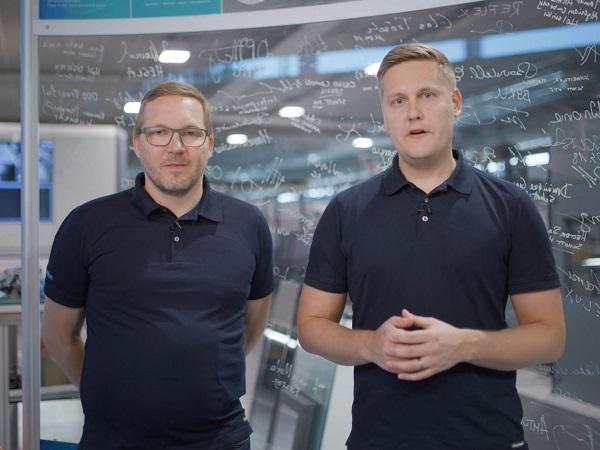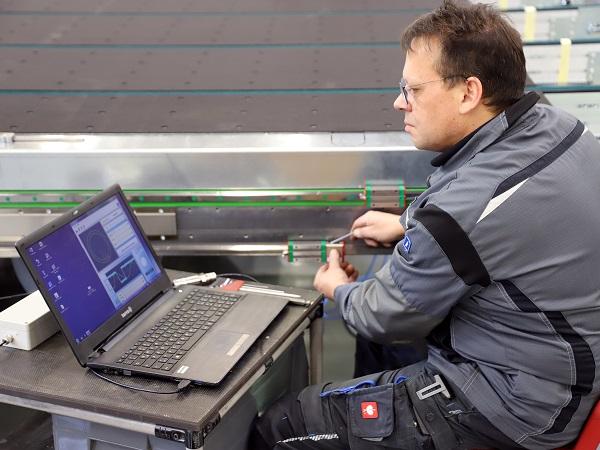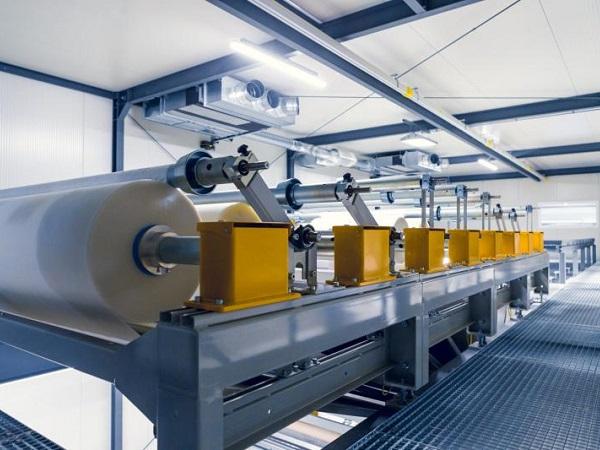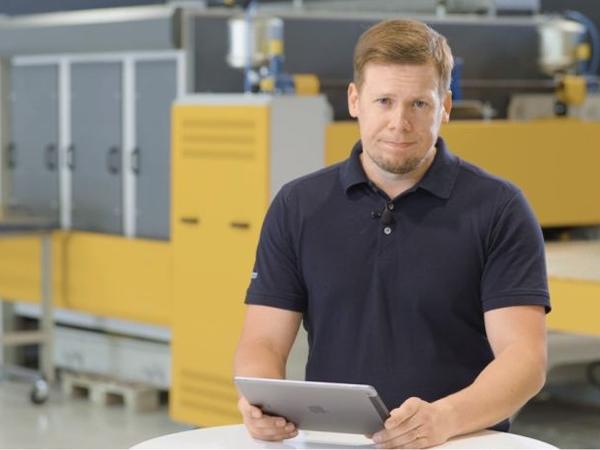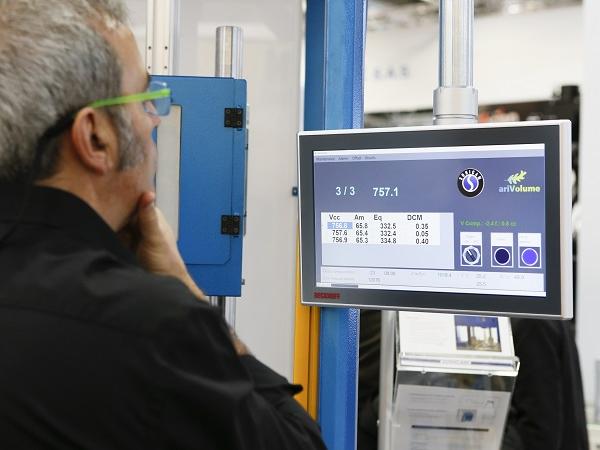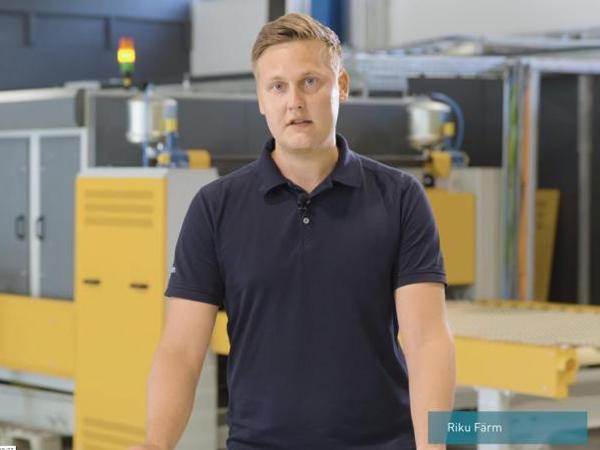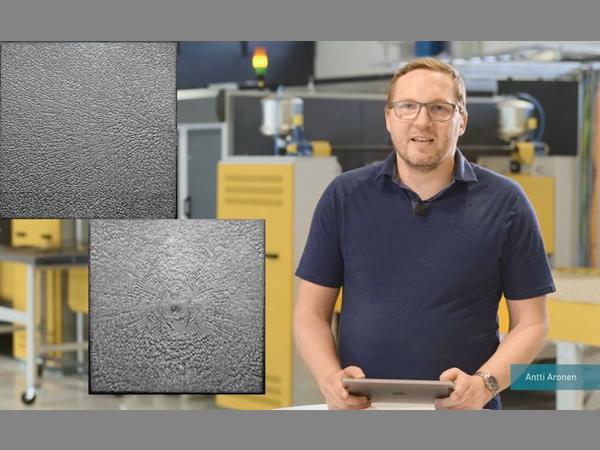Others also read
| This first episode is devoted to the white haze phenomenon – one of the most asked about issues in the history of #AskGlaston.
| This latest Glastory blog by Miika Äppelqvist is dealing with the areas of the tempering process that can be improved to make operations more efficient.
| Industry demand for impeccable glass quality has increased notably over the last years. Customer expectations run high, forcing glass processors to strive for ever-stricter quality control and ensure minimal rejection rates for finished products.
| The most common quality issues that arise in tempered glass are roller waves, glass distortion, bad anisotropy and white haze. In this post, we want to focus on white haze and ways to control it.
| In 2015, the bold concept of a curvy tower at 252 East 57th Street, New York, was presented to an audience at the Glass Performance Days conference. At that time, building construction was just beginning, and no one was certain such a novel idea could be realized.
| In glass edge processing, the requirements for the finished components can vary greatly depending on the location and purpose.
| In glass tempering, we look for equipment that uses less energy, leading to fewer emissions. But sometimes, the numbers are too good to be true.
| Global environmental concern is motivating efforts to improve energy efficiency in all industrial sectors. And glass tempering is no exception.
| Today, almost all new devices – from home appliances to production equipment – are connected. Rapid development in consumer electronics has been increasingly moving towards industrial use. In the glass industry, this development is still in its early stages.
| To really succeed in glass lamination, it takes much more than just having the best equipment – it’s about understanding the process in and out.
| When people talk about the future of production, they can't do so without using the term "smart factory." But what is it? How does a smart factory work? And what does it have to do with OPC UA?
| The use of laminated glass is becoming more recognized as a safer alternative to monolithic glass due to its glass retention properties.
| Full convection, forced convection, focused convection, recirculated convection – the list of terms goes on and on.
| We all know that glass lamination is the process of bonding two or more panes of glass with a flexible interlayer in between. Sounds simple. But is it always so in practice?
| Bent and tempered glass has long been of great interest to the market. The process of creating high-quality tempered bent glass has evolved over the years.
| Do you still spend precious time doing the meticulous task of manually counting glass cullets for a glass fragmentation test? Or maybe your modern counting tool is not exactly the gold standard? If so, we have some good news for you!
| Irregularities in the glass, which are visible under certain lighting conditions and interfere with the overall impression of a pane – anisotropies – occur when glass is tempered.
| Few materials in human history have been made for as long or used in as many ways as glass. Ancient peoples molded it and poured it; later cultures discovered how to spin and blow glass into unique, dazzling shapes.
| Some practical tips on how you can well maintain your laminating line and extend its longevity.
| Glaston is working hard to make tempering furnaces more automated.
| Digitalisation is not only something for start-ups or major enterprises. It applies just as naturally to many skilled trade businesses.
| That’s an excellent question! It really is true that SentryGlass is more difficult to laminate in many aspects than standard PVB. But if we first think of what SentryGlass has been designed for, it is to give structural strength to the laminate.
| It is a very known behavior that the glass fragmentation depends on where you break the glass.
| For over four thousand years, the lustrous, hard, and inert characteristics of glass have made it one of the world’s most desirable and frequently used building materials.
| In this paper, the basics of the heat flux modes are given, a solution method for the glass energy equation is introduced, and some tempering furnaces are theoretically studied to show the portions of the heat transfer phenomena inside furnaces during heating.

